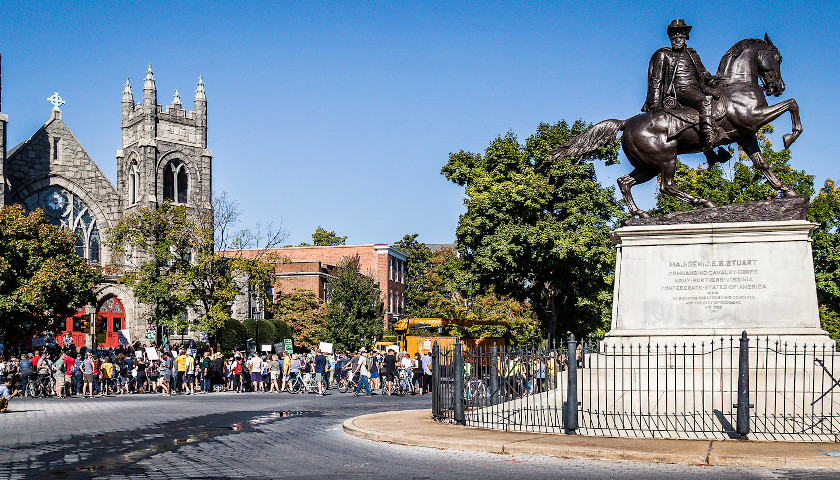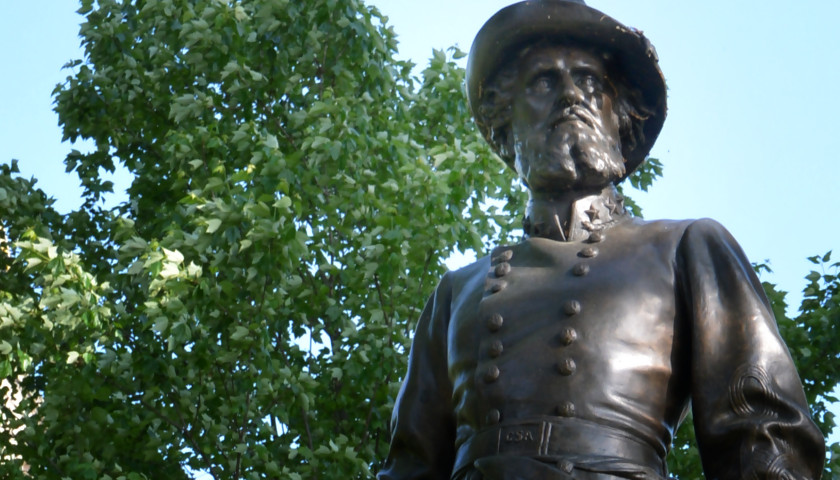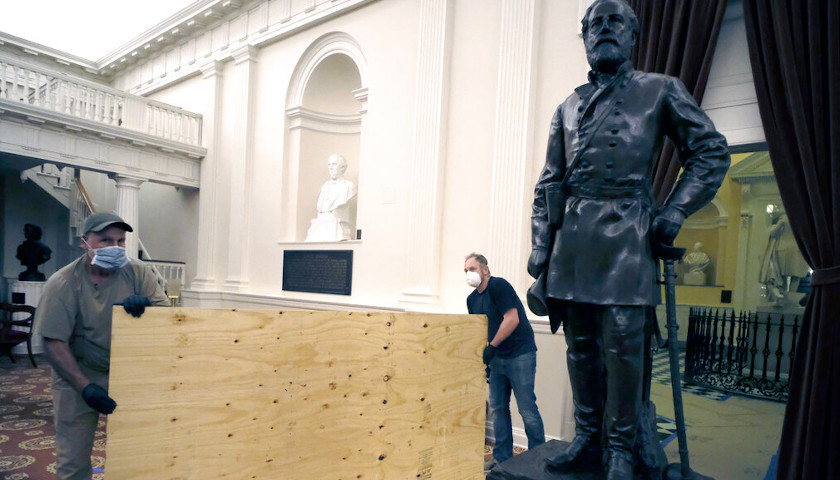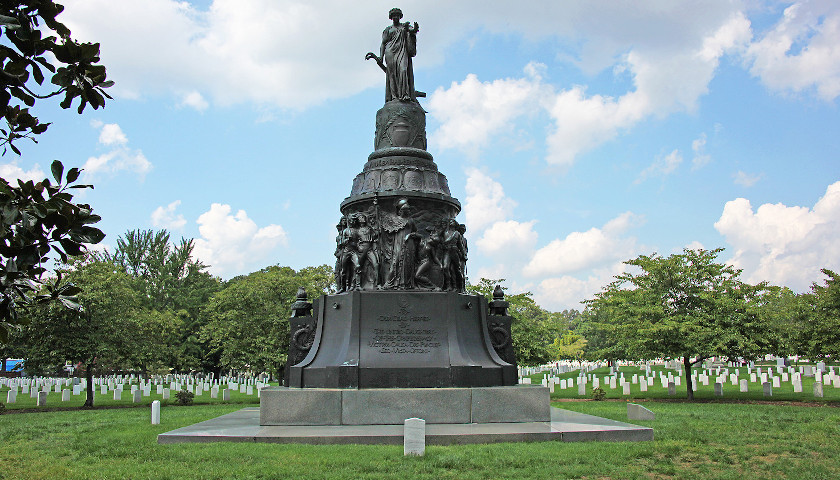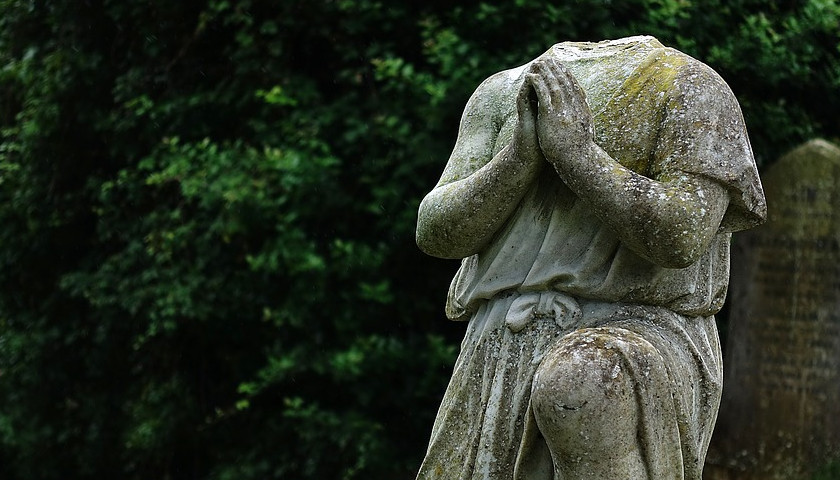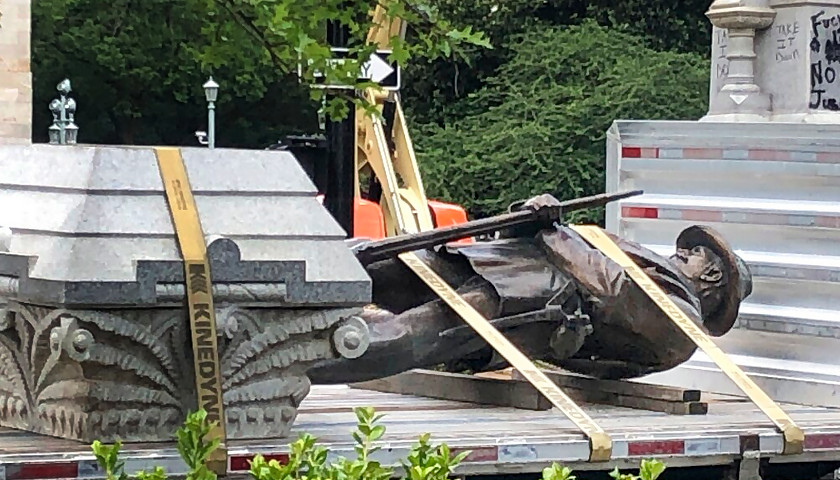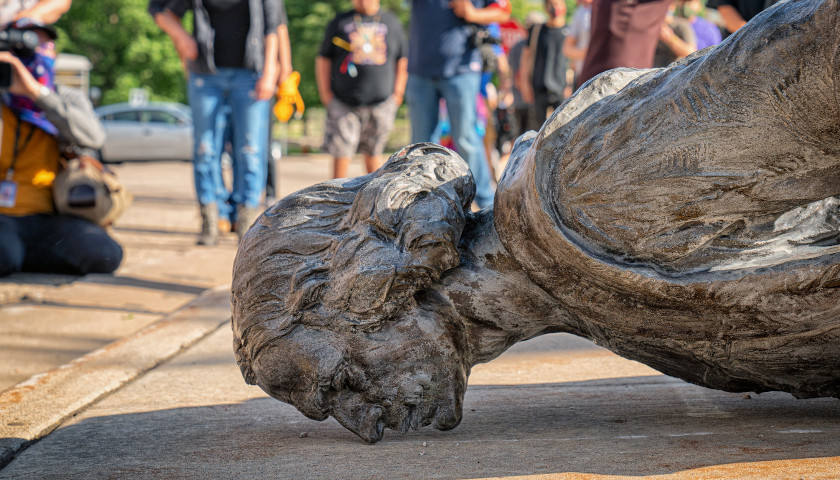Following former President Donald Trump’s pledge to restore the names of military bases that were named after Confederate figures, members of both parties in Congress vowed to oppose any such efforts.
As Politico reports, President Trump made another campaign promise on the culture war front on Friday, during a town hall event in Fayetteville, North Carolina.
Read More

